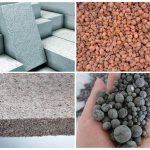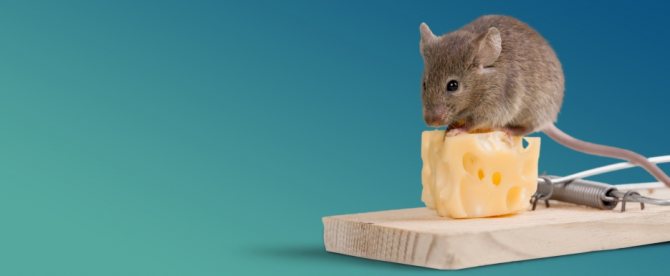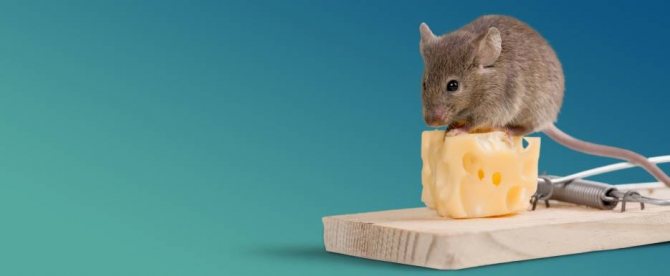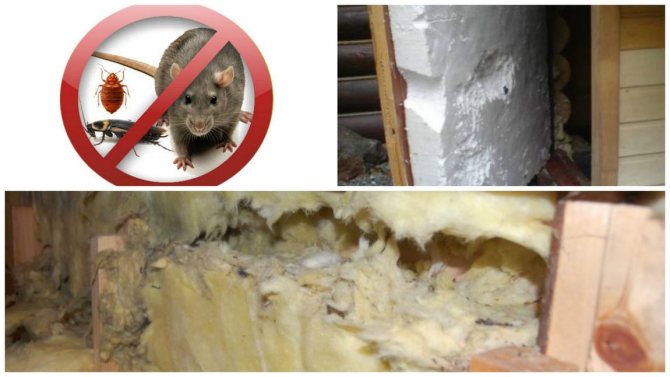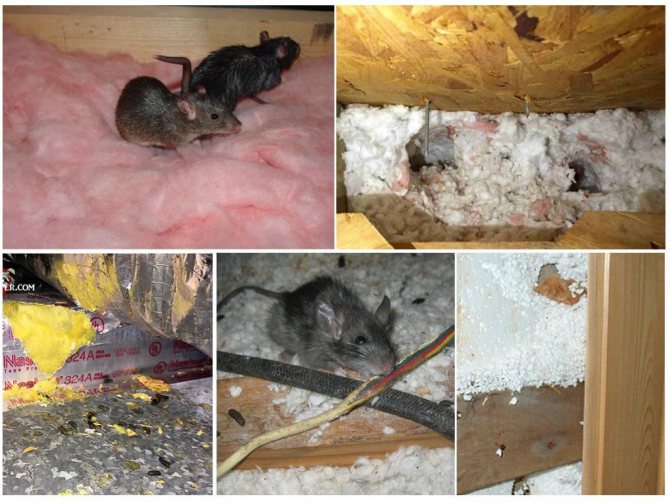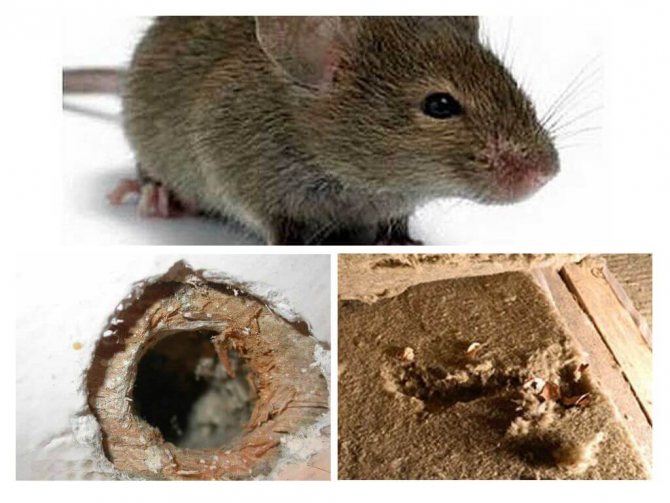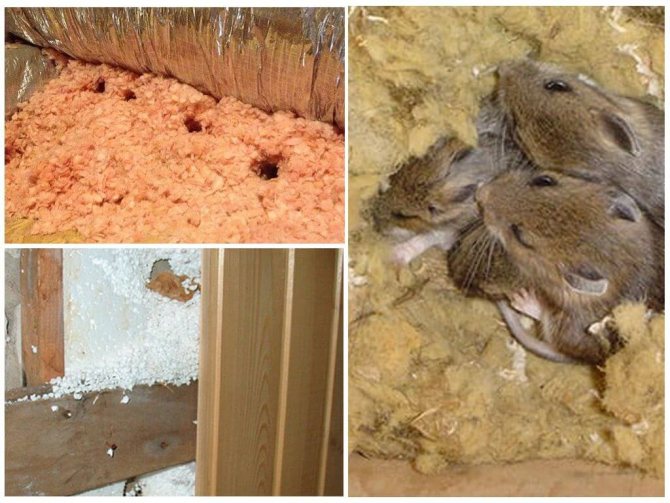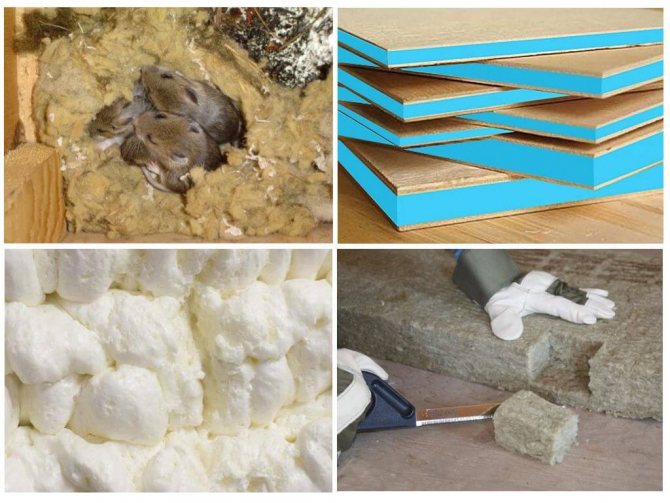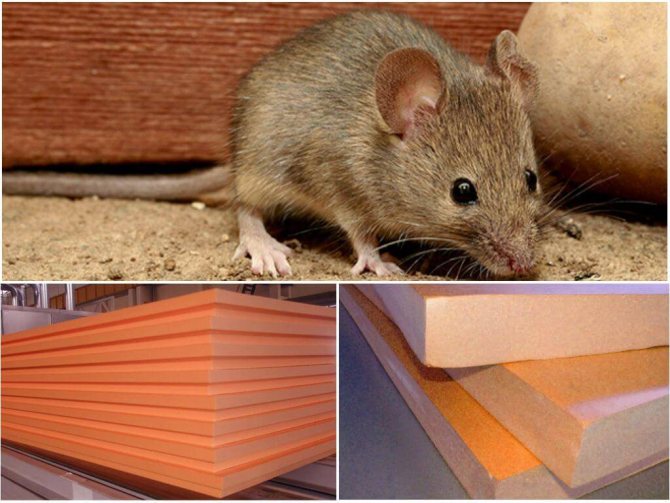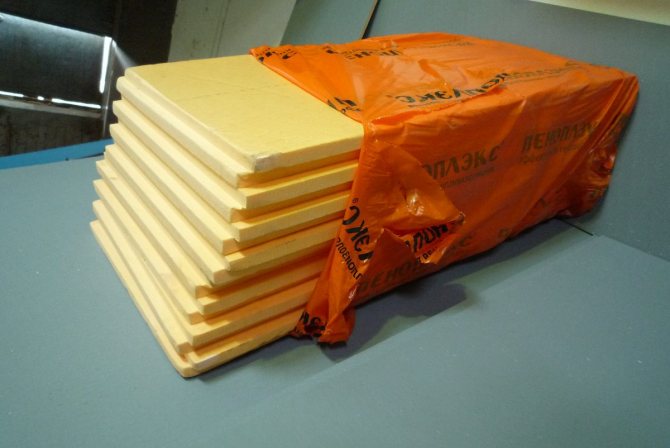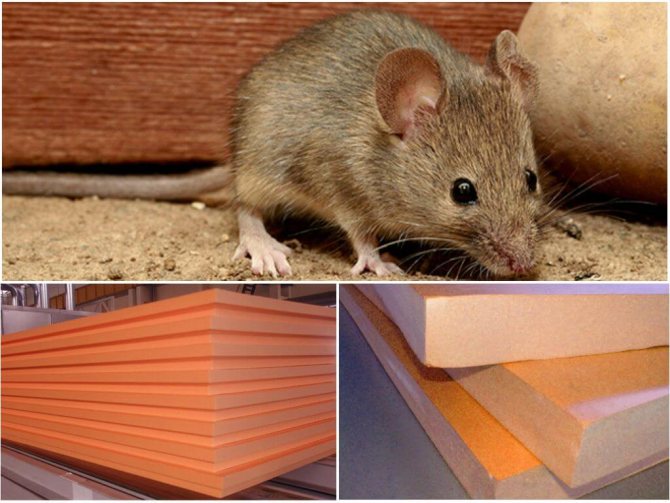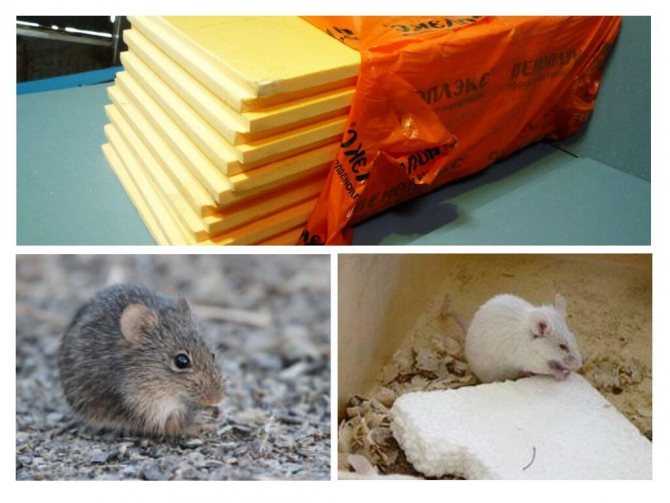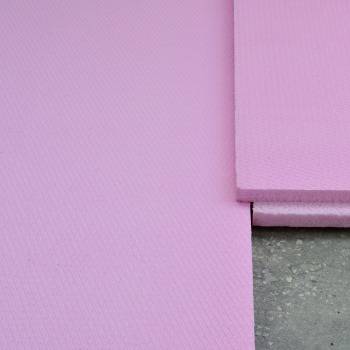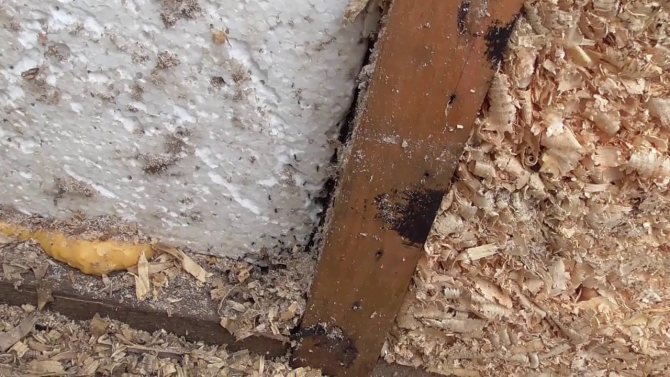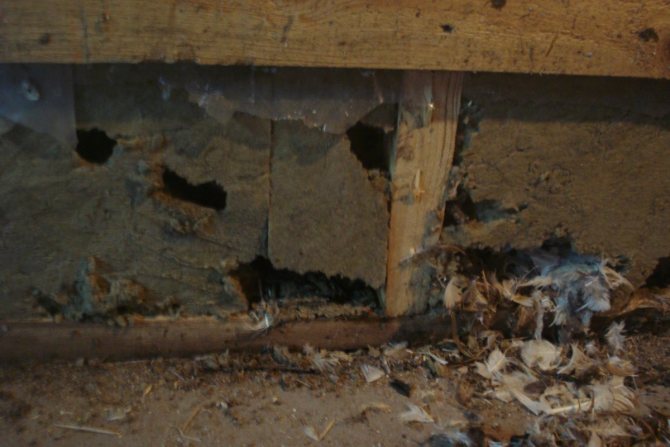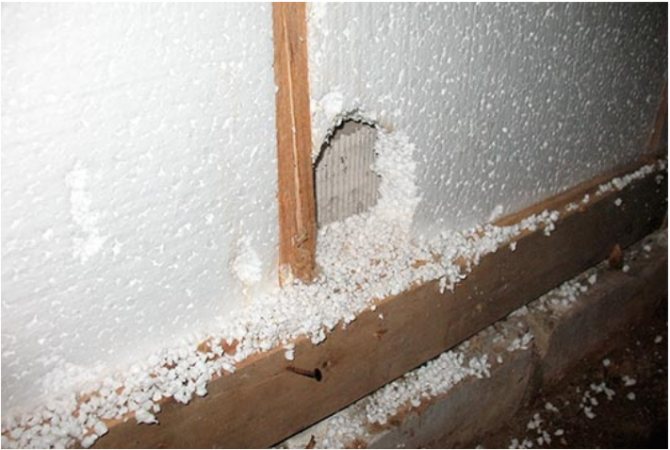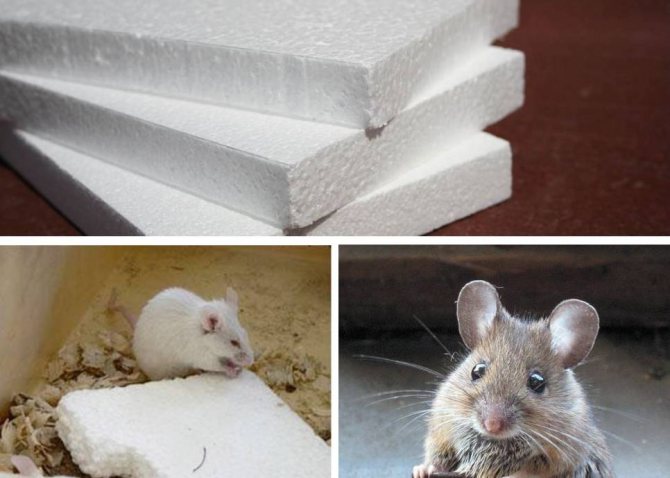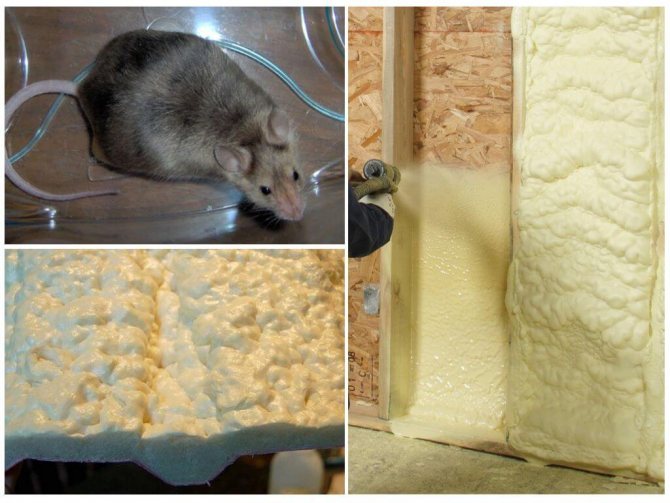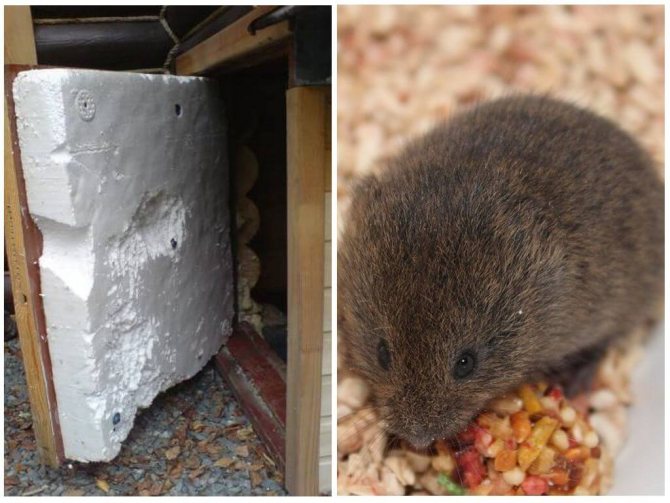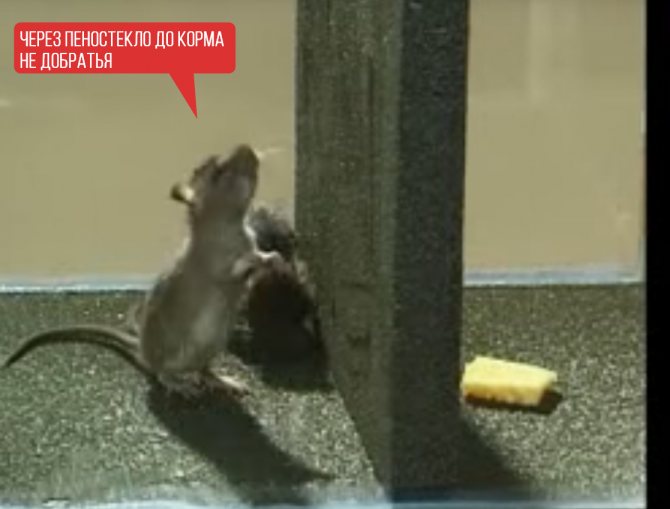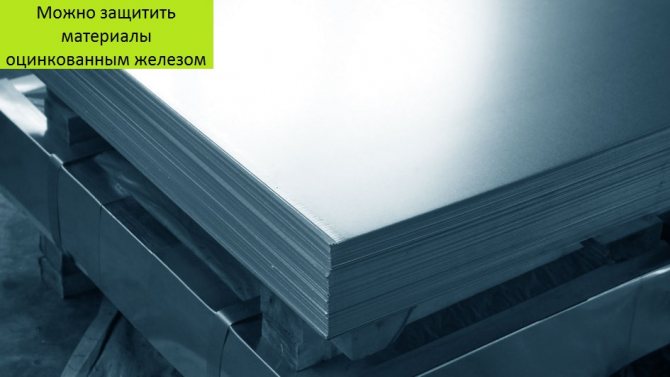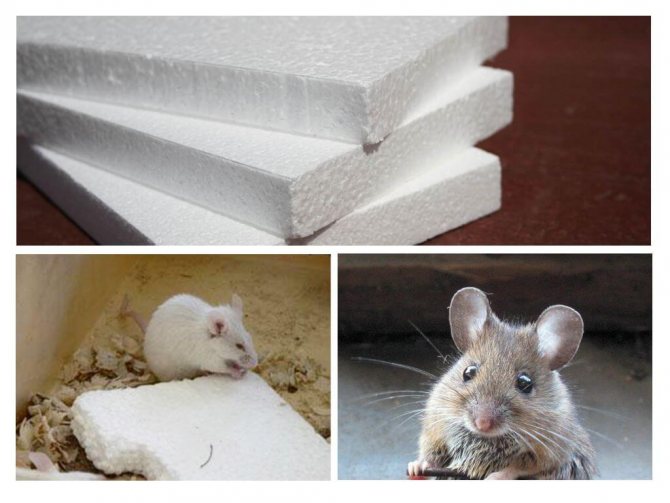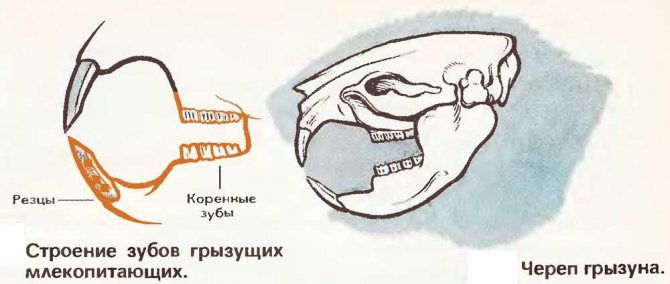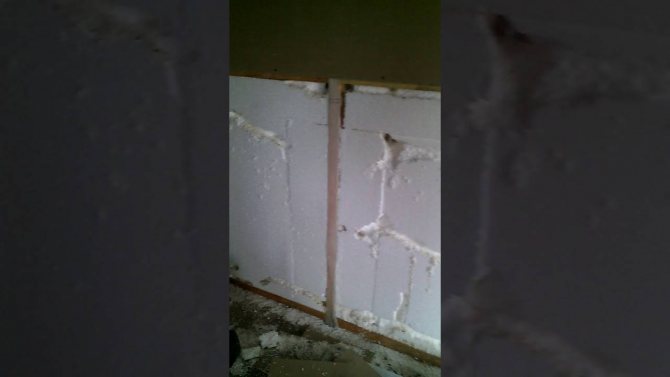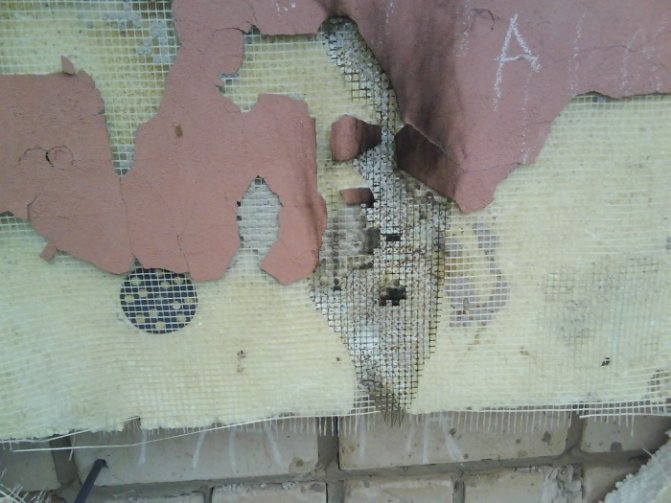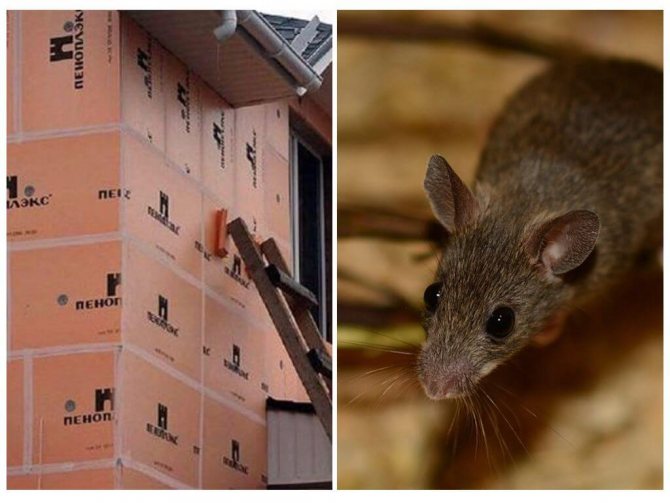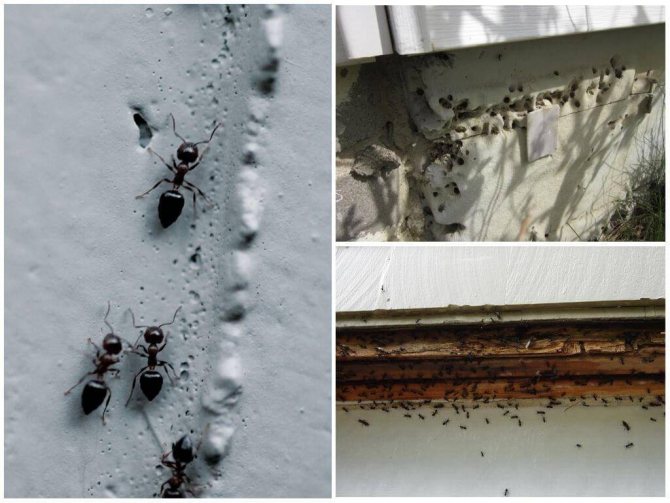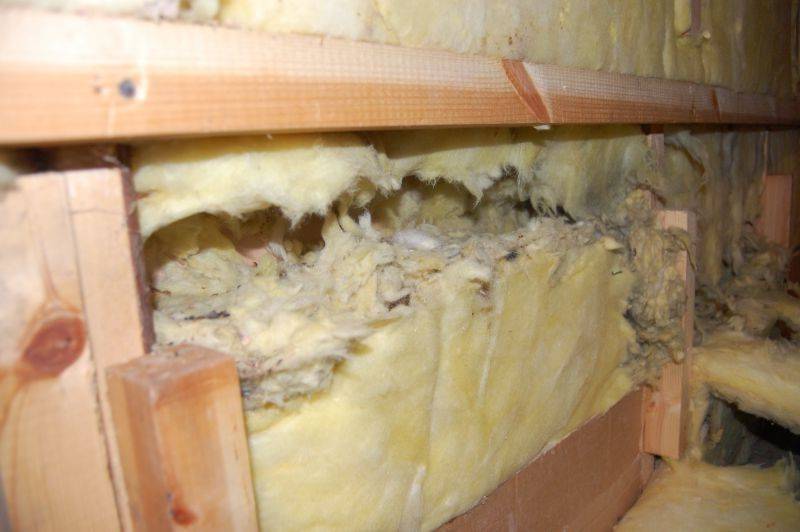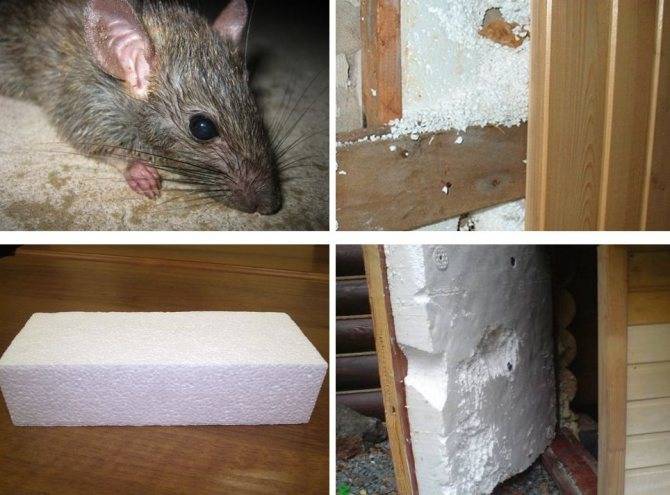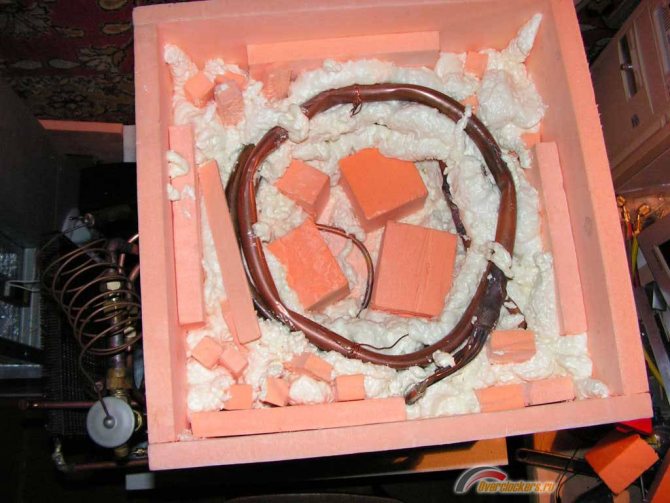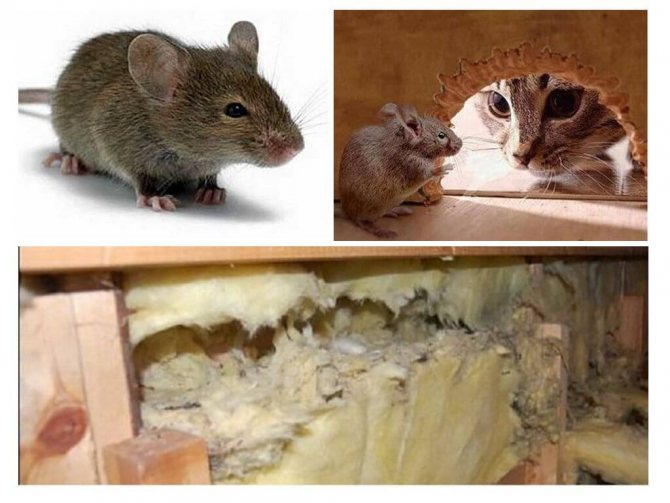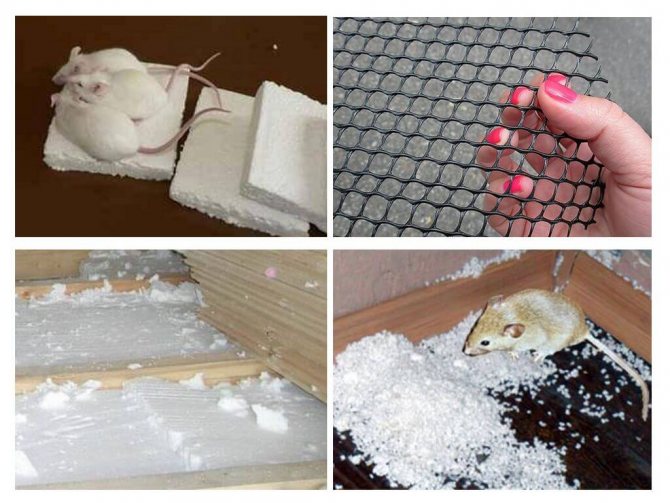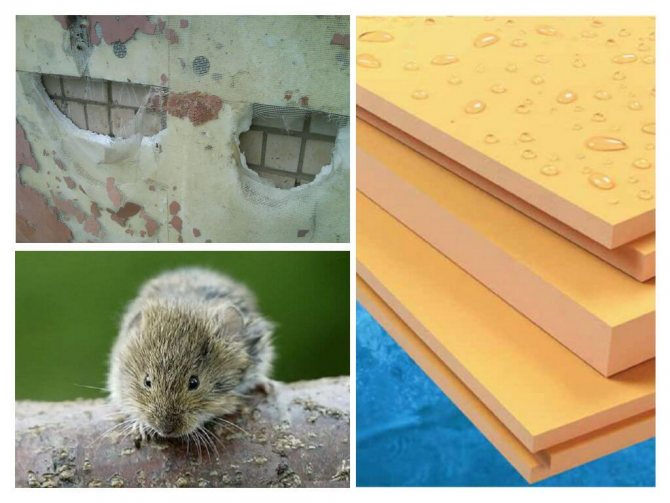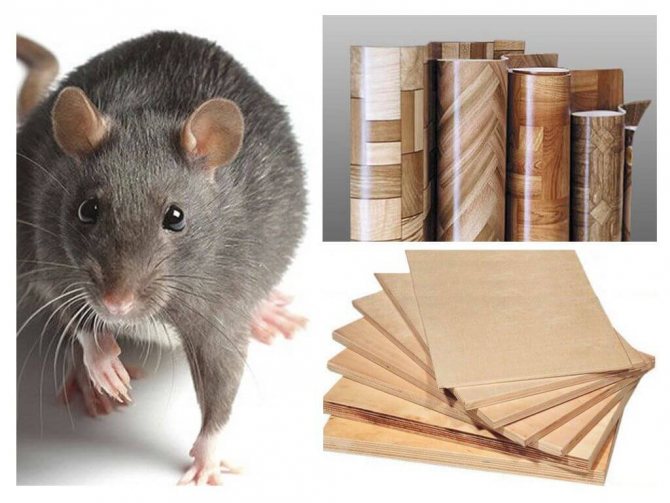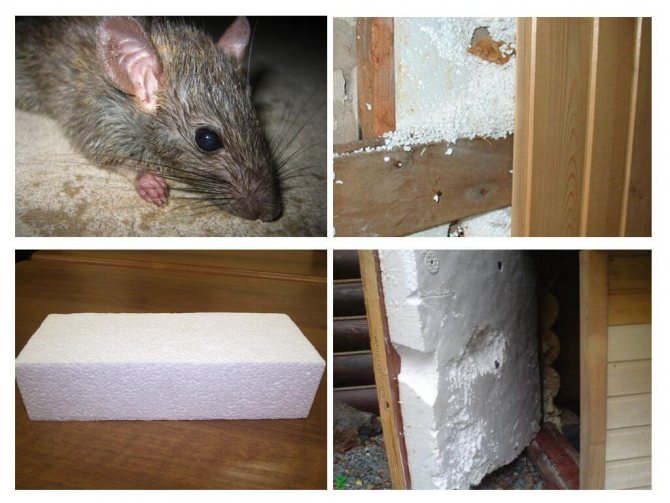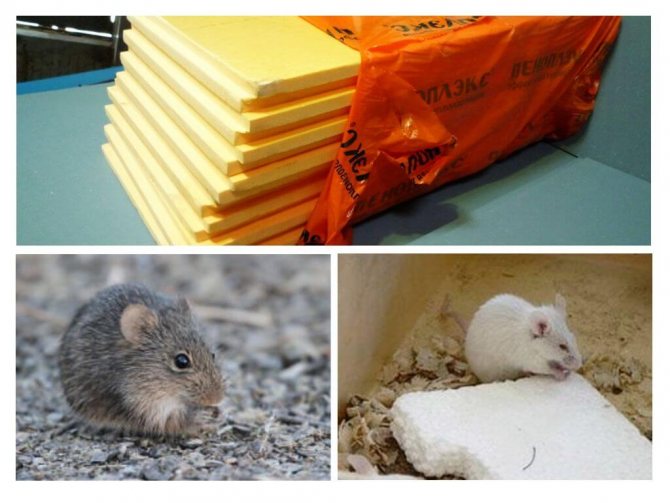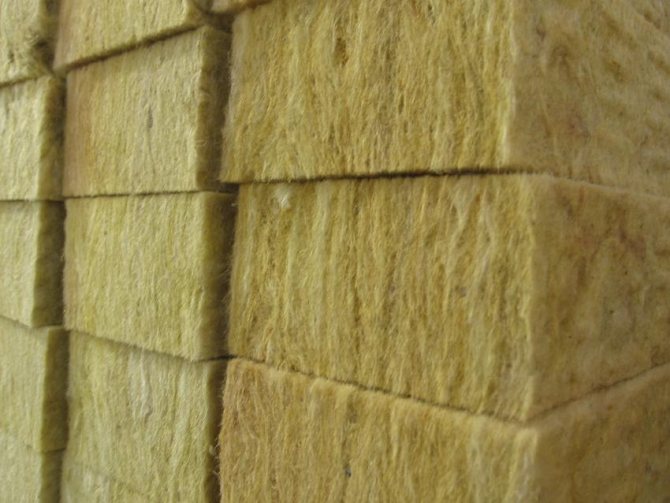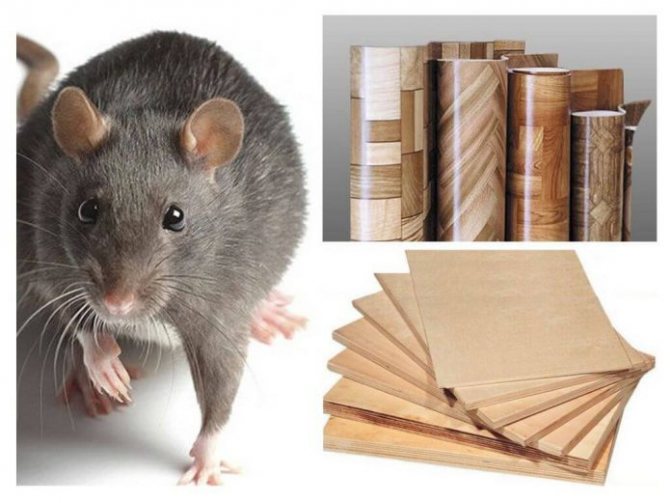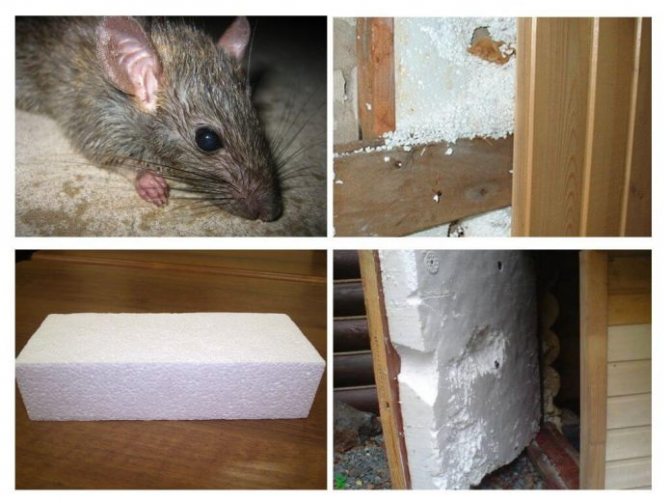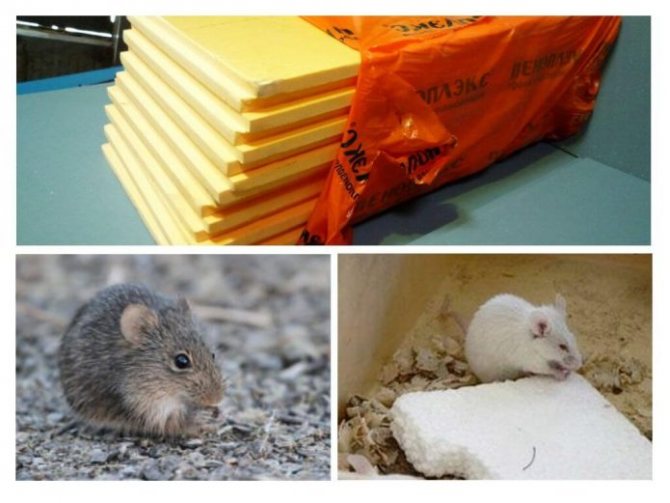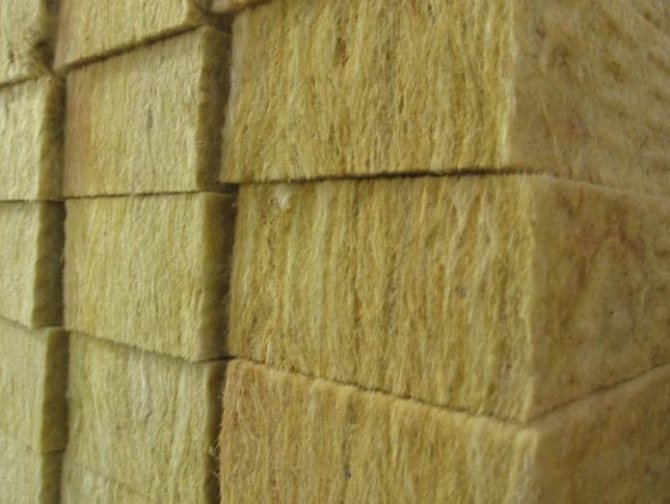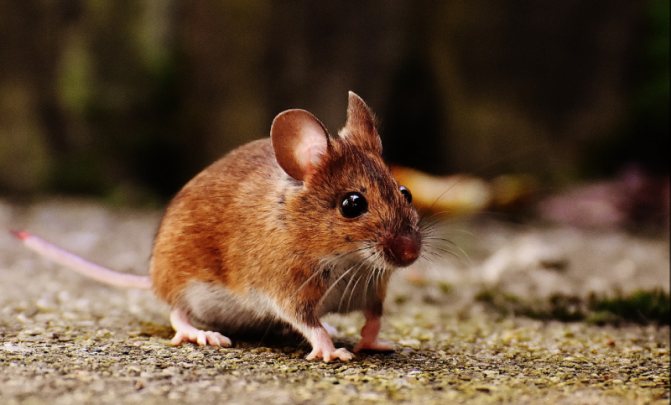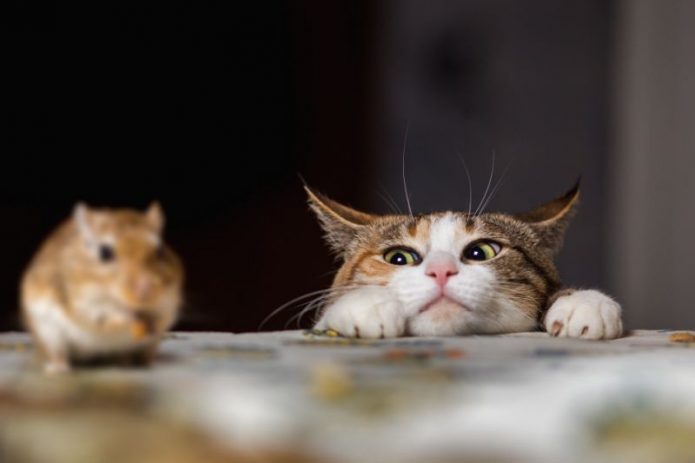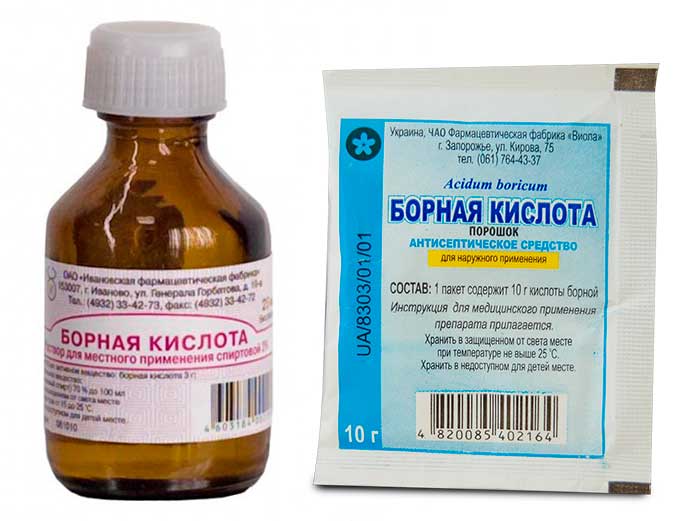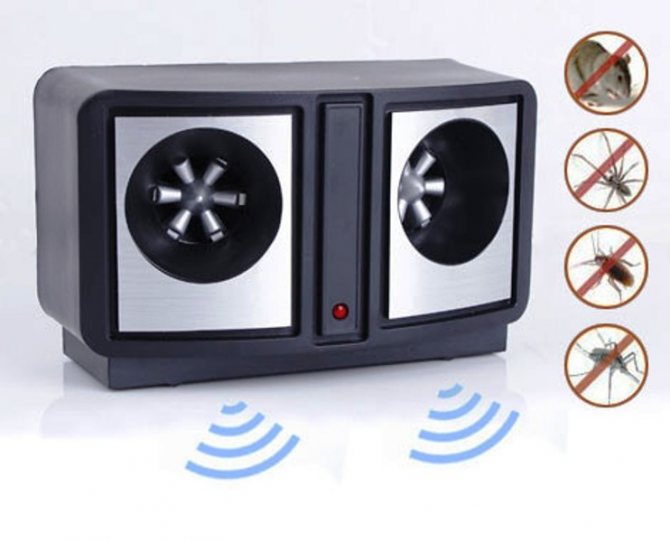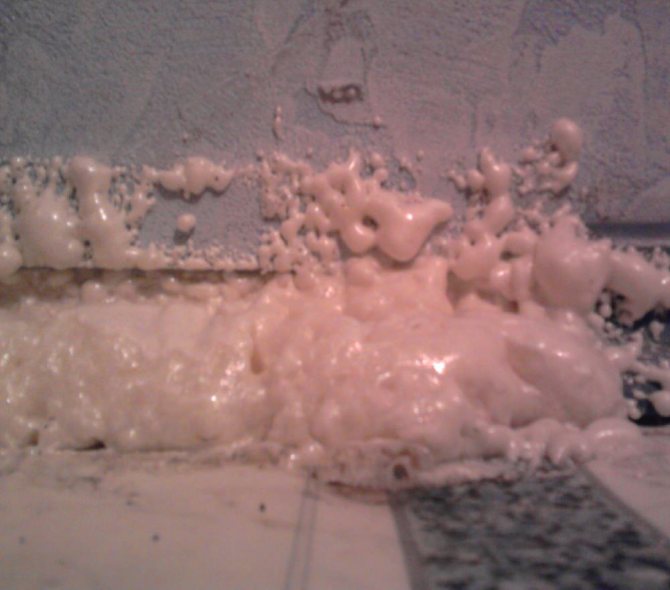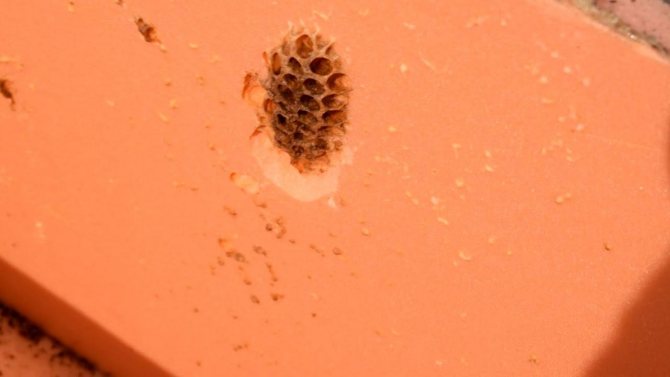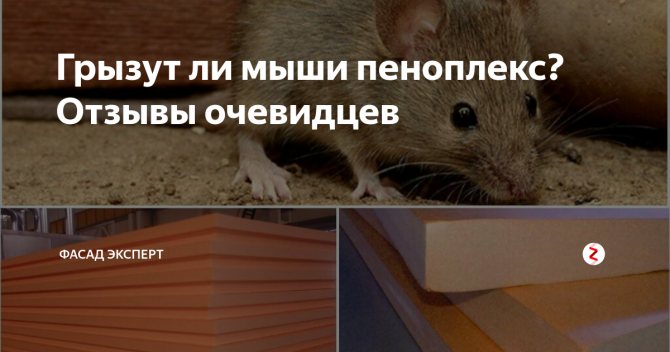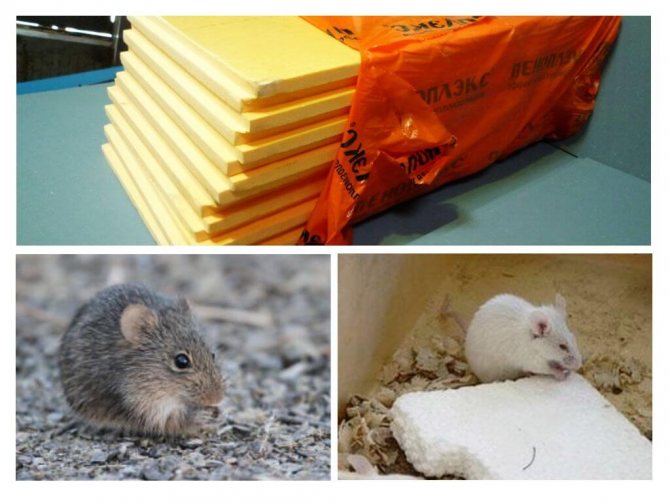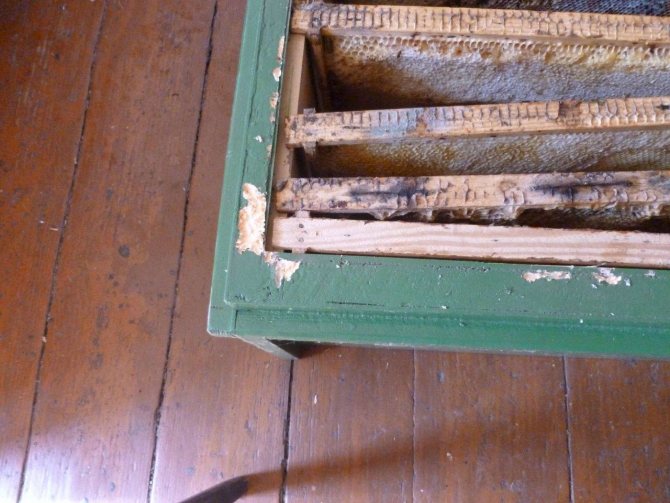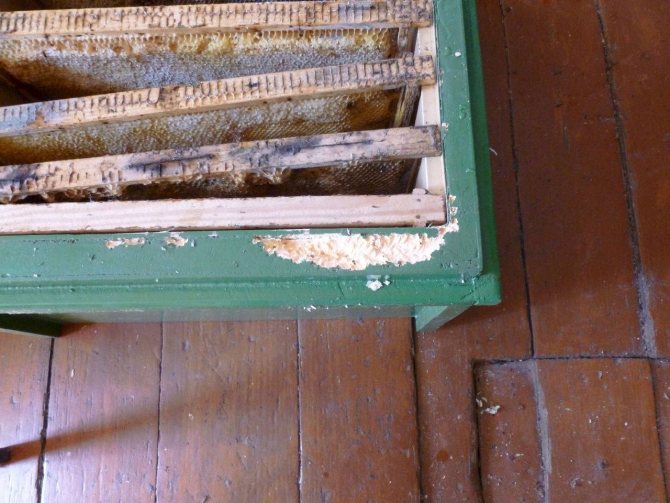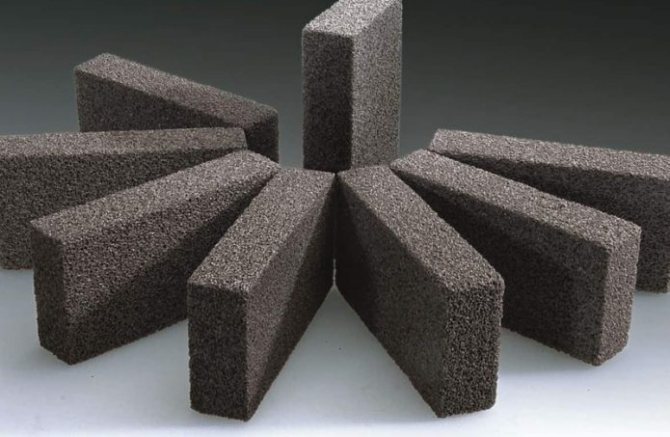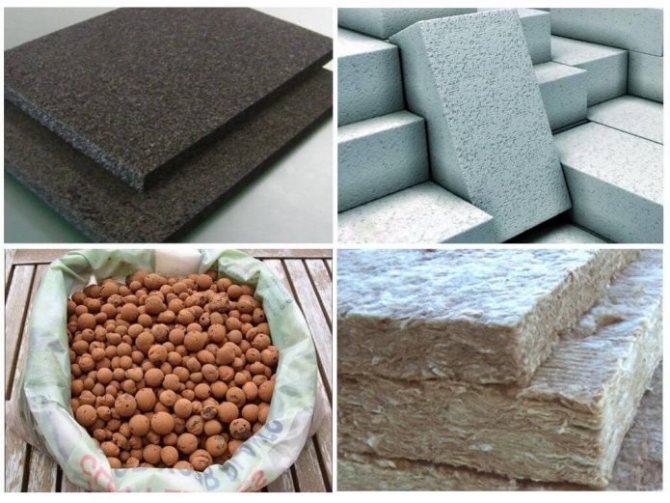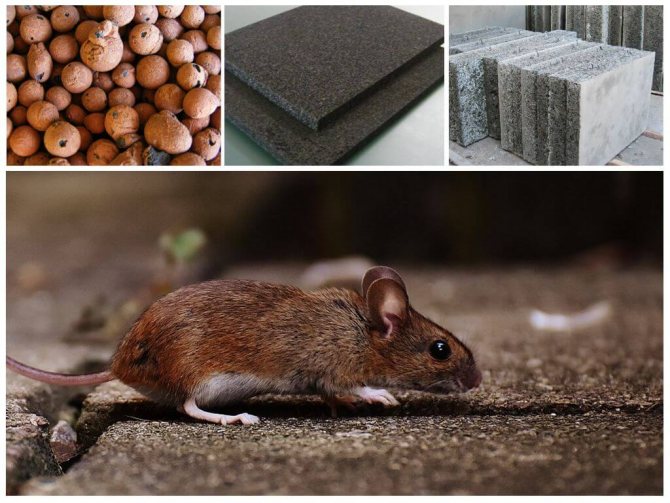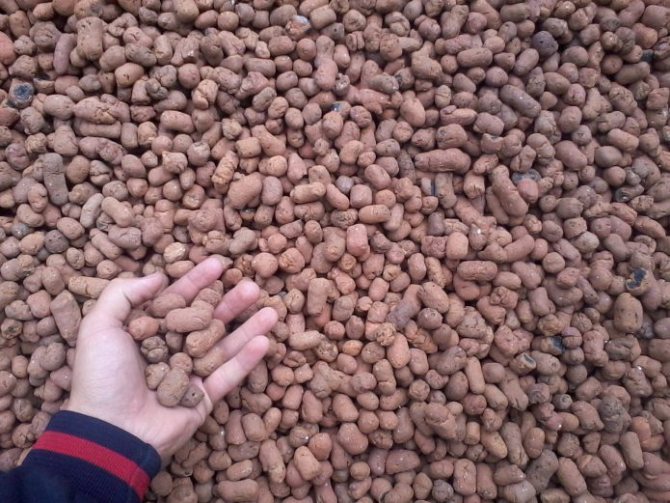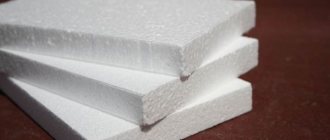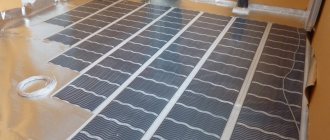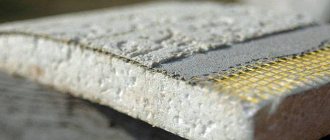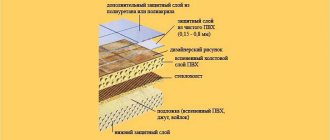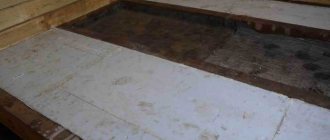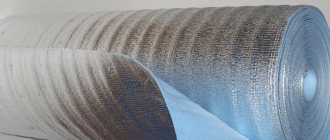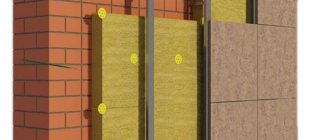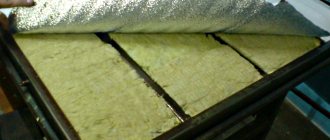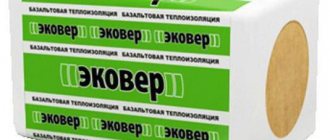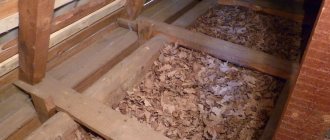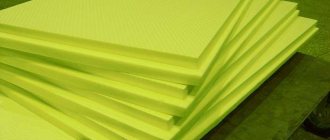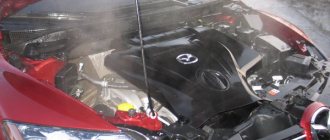What types of insulation mice do not eat
In the building materials market, consumers are presented with a wide range of insulation materials.
And what is important, there are materials that do not chew mice. But if gray rodents already live in insulation, then it will be very difficult to drive them out.
Foam concrete
It is a tough, yet lightweight and porous heat insulator. Rodents will not be able to gnaw holes in it.
Buildings made of foam concrete are very warm, durable and environmentally friendly for residents.
Please note: walls are insulated with foam concrete only from the outside, in order to avoid the formation of condensation and mold.
Expanded clay
Expanded clay is a very reliable, non-flammable and time-tested material. It is made from special types of clay. Granule sizes vary from 1 mm to 40 mm.
This insulation is used to insulate walls, interfloor ceilings. The habitation of rodents is difficult in expanded clay. It is difficult to move there, there is not enough air, small parts can clog the respiratory system.
Ecowool
In the production of this insulation, orthoboric acid is used. The acid can damage the lungs, dehydrate and even kill rodents. Ecowool is not a dangerous material for humans. Therefore, it can be used to insulate both external and internal surfaces.
The insulation has excellent functions of heat and sound conductivity, fire safety. The service life is at least 50 years. Ecowool is not subject to decomposition and decay processes.
Foam glass
One of the materials that rodents do not like and therefore do not start indoors is foam glass. It is produced by foaming glass and carbon black.
Thermal properties of the insulation do not deteriorate throughout the entire period of operation.
It is worth considering: so that the mice do not make their way into the house, it is imperative to use high-quality cement mortar and take care of the tightness of the seams by processing them.
What heaters are susceptible to rodent teeth
During the construction and insulation of premises, materials with excellent thermal insulation properties are used. However, there are reviews from builders and house owners, confirming that heaters have drawbacks.
Penoplex and extruded polystyrene foam are high-tech materials. They are used in industrial and civil construction, when laying the bed of railways, highways and runways. These materials are of high density. Therefore, rodents will not equip their homes in it, but they can gnaw.
Basalt, mineral wool and glass wool are also unstable material for damage by mice. In search of food, rodents will make holes and passages in the mineral wool. This soft material will not be able to stop small pests.
Watch a video in which a specialist tells what is better to choose a heater so that mice do not start in it:
The golden ten advantages of penoplex: find out everything about them!
With this material, you can completely insulate the house - from the foundation to the roof. In many respects, the choice of extruded polystyrene foam is justified by its advantages.
- Favorable cost.
When insulating with penoplex, you do not have to spend money on arranging a hydro- and windproof layer, as is the case with mineral wool based on basalt, and taking into account the affordable price of the material itself, thermal insulation will be more profitable. - Chemical inertness.
Alcohol-based paints, cement mortar, chlorine, reactive building materials and masonry compounds do not affect the functionality of the insulation and its initial characteristics. -

Improved durability.
This is a reliable thermal insulation that can withstand heavy loads without destruction - it is used to insulate the operated roofs for the creation of a parking lot or the arrangement of a recreation area. - Durability.
According to tests carried out on a sample of extruded polystyrene foam, its service life is not only 50 years, but can also significantly exceed this number - even under conditions of alternating freezing and thawing. - Low coefficient of thermal conductivity.
Penoplex is able to provide a more effective insulation result in comparison with basalt wool and fiberglass counterparts - its thermal conductivity is minimal. - Ease of handling and installation.
The slabs are easily cut with common construction tools - no need to purchase additional expensive accessories. - Moisture resistance.
Such material is vulnerable to moisture only in the cut, where the damaged cells are. In general, extrusion is considered moisture resistant thermal insulation, during the installation of which there is no need to install waterproofing. - Environmental friendliness.
Previously, extruded polystyrene foam contained in its composition a dangerous gas - freon, but leading manufacturers have long abandoned the production of plates with its content. The harmful component was replaced with safe carbon dioxide, due to which the material ceased to pose a threat to humans and nature. - Biostability.
Resistance to decomposition and decay processes is one of the main features of polymer boards. Fungus or mold will not appear on them, so you should not worry about a premature violation of the functionality of the thermal insulation system. - Wear resistance.
Throughout its impressive service life, penoplex retains its original characteristics and advantages, including the parameters of the board itself.
It is better not to use such thermal insulation for internal insulation: if it is not possible to insulate the building from the outside, for its thermal insulation from the inside it is worth considering vapor-permeable basalt wool, which you can buy inexpensively in our online store.
Penoplex45
This type is widely used not only in private construction, but is also in demand in the construction of roads, runways and airfields, since its density of 45 kg / m3 is the highest. These panels provide reliable frost and thaw protection for a smoother surface and less damage. Playgrounds and even parking lots should be created when constructing roofs on them designed for heavy traffic.
Manufacturers and dealers talk about material safety all the time, but is it? Is the foam complex harmful to health?
Many argue about the environmental friendliness of this material and claim that it itself has fire retardant properties and is subject to combustion. It is impossible to argue, because many people cannot resist the fire of the objects around us.
It's another matter whether it can ignite itself or contribute to a fire. The question is clear - no. But at the moment of ignition, it forms a lot of corrosive smoke and emits toxic substances. However, it burns slowly, so it will take some time before burning and the fire can be extinguished in time.
Another disadvantage that negatively affects the human body is the destruction of the material that occurs under unfavorable operating conditions. Penoplex not only loses its properties, but also oxidizes and begins to release toxins into the air. This happens when poor quality products are selected or installation rules are violated.
Therefore, it is important to choose only those materials that are produced using this technology, to follow the rules during installation and not to use incompatible connections.Only under these conditions will it serve its purpose without harming a person.
About penoplex
There are many types of insulation, each with its own pros and cons. Penoplex is an extruded material. The extrusion method is uncomplicated. Under the influence of high temperature, under strong pressure, granular polystyrene is foamed, from which smooth boards are then made. This is a finely porous material in which cells isolated from each other are located. They are filled with air.
Why do many people choose penoplex for building a country house? The advantages of this material:
- It is inexpensive.
- Differs in special strength and reliability.
- It has a reduced level of thermal conductivity, so penoplex is better than many heaters.
- It interferes with the penetration of moisture, only 2 cm of this insulation is the same in terms of vapor permeability as roofing material. But it absorbs moisture where the cut is, because at this point, the cells lose their integrity.
- This material does not rot or decompose, it does not contain mold, i.e. it is biostable. But, despite this, it is highly environmentally friendly, although some disagree with this statement. If there is a fire and the material ignites, harmful substances are released. But penoplex cannot ignite on its own. It is easy to cut and can be installed regardless of weather conditions.
- It has served, considering various influences, fifty years. But studies were carried out in which the material was frozen and then thawed. Even in such harsh conditions, he withstood, and confirmed his warranty period with a margin.
- Does not dissolve, does not change shape if exposed to alcohol-based paints, chlorine, cement mortar, etc.
In order for these useful properties to be preserved, it is important to buy quality products and install them correctly. If these conditions are not met, it loses its properties, oxidizes and even releases toxins.
Penoplex regularly serves the owner of the house for 50 years or more
There are several types of penoplex, which differ from each other in different characteristics. There is Penoplex Foundation, with special strength. Penoplex wall is made with fire retardants, so this material will not immediately ignite. Inside, they are rarely insulated, in the event that it is difficult to do it outside. If they work with it indoors, they choose thinner plates to make it easier to work. There is also Penoplex Roofing, which can withstand heavy loads. Such a roof will last a long time, even if it is a flat version, and then a flower garden was broken on it. There is also the universal Penoplex Comfort, which is used everywhere.
What is Penoplex?
This is a well-known Russian brand - a manufacturer of extruded polystyrene foam. Penoplex has become so popular that its name has long become a household name and is often used for the general name of extrusion. The successful combination of polystyrene granules, the effect of strong pressure and high temperature gives rise to a truly unique material, the thermal insulation properties of which are the envy of many heaters.
The structure of extruded polystyrene foam consists of the smallest polymer cells filled with air. The high percentage of air guarantees excellent heat and sound insulation, and the closed cells are reliably protected from moisture penetration from the outside. But this is not a complete list of the advantages of such a heater.
As an afterword
What advice can be given to the owners of summer cottages and country houses if they have a problem - mice are gnawing on styrofoam (expanded polystyrene). First, don't panic. A mink discovered in time should serve as a signal for immediate action. Check your home regularly for rodents, be vigilant.Thus, you can avoid serious problems and equally serious costs.
Secondly, if you have the opportunity, when building a house and insulating it, do not forget to cover a layer of expanded polystyrene with a protective fine-mesh mesh. Thus, you protect the expanded polystyrene not only from rodents, but also from birds, which can also cause damage.
Third, take the advice of a seasoned homeowner and install an ultrasonic mouse and rat repeller. Believe that the costs will not be in vain and will pay off with interest. The device is not that expensive, it is quite efficient and does not need much maintenance.
Don't forget about the cat. There may even be several of them if you have a large farm. Our grandparents always kept a cat in the house and were happy with the result. Cleanliness is not only a guarantee of health, but also a guarantor of your quiet life at a summer cottage. Mice eat what you throw them, eat with gusto, eat a lot - don't forget about it!
In addition to eating insulating material, they can infect you with some kind of infection (hemorrhagic fever, for example). Therefore, after the extermination of mice, be sure to thoroughly disinfect. It is better not to do this yourself, as there is a risk of chemical poisoning. There are specialized companies dealing with vermin control. They will qualitatively destroy rodents and disinfect the territory.
What materials the mouse will not gnaw
Giving an answer to this question, we say "Yes!" Polyfoam attracts gray animals by the search for food, comfort for housing and breeding. At the same time, they disrupt the structure and functionality of the building material, turning it into dust. The damage can be up to 60%, especially for granular polystyrene.
Rodents are very thrifty. This is their basic instinct. This means that within the walls of the house they will arrange a warehouse of mouse goodies. It is easy to imagine what scents will float. The smell of decay, which can spoil the living conditions of the owners of the house.
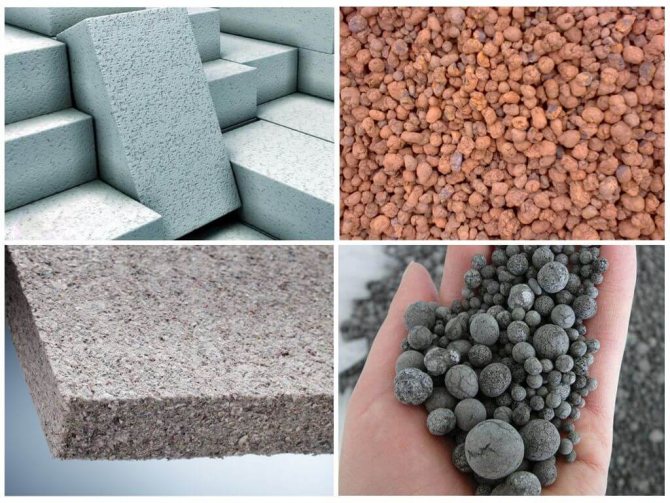

Rodent Resistant Materials
When building a house, knowing in advance that mice love foam or mineral wool, experts advise using
- foam concrete is an environmentally friendly light material that has porosity sufficient for heat and good rigidity, as a result of which mice do not gnaw it;
- expanded clay - granules up to 4 cm in size, consisting of several types of clay: mice do not settle in it, because they do not have enough air, and small particles block the respiratory tract;
- ecowool - made with the addition of orthoboric acid, poisonous for rodents, but safe for humans. It is successfully used for insulating buildings from the inside and outside, service life - up to 50 years;
- foam glass - soot and foam glass are used in the manufacture, such a hard material does not lend itself to mouse teeth.
The issue of interaction between two "neighbors", such as foam and mice, without observing protective measures during construction usually leads to negative results, so all owners should think about how to protect their warm home from the invasion of rodents.
"Please, another time" - heaters that do not gnaw
The forks of insulation materials listed below, for one reason or another, are not interesting to rodents:
Concrete-based materials benefit from strength. Ecowool contains orthoboric acid, which is added to the composition so that the organic insulation does not rot. It is she who protects the material from pests.
So, at the beginning of the article, we had three tasks: to find out what can be used to insulate the house so that mice and other rodents cannot get into the insulation, how to process the material so that it is not of interest to mice, and how to remove pests if they are already visiting. We noted that:
- Mineral wool and foam are attacked;
- Around the insulated area, you need to arrange a fencing structure - for example, the foam can be plastered without leaving even a small gap;
- Material treated with insecticidal agents or orthoboric acid repels pests;
Whatever the material has been processed, mice will not appear in the insulation for sure only if it is covered with a protective layer. Protected in this way, the material will properly serve its purpose.
I wish you a good construction and only invited guests to the house!
What is foam insulation?
Disadvantages and advantages of foam glass
Dowels for fastening insulation. 3 types, 3 mounting options
What is the attractiveness of the material
But really, why do mice gnaw on styrofoam? There are at least five reasons for this.
- Everything is elementary. A plastic material with excellent thermal insulation properties is ideal not only for insulating a person's dwelling, but also for arranging rodent nests, where they settle without a twinge of conscience. Other building materials have similar properties: penoplex, expanded polystyrene, which mice gnaw for the same purpose.
- Even if the gray animals are not going to live in foam, they will still use it to create their own labyrinth. Beaten paths are corridors along which you can ply without fear between the nest and the kitchen or pantry, where many tasty and edible human supplies are stored.
- The constant growth of the incisors makes the animals need to gnaw on the surrounding objects.
- House mice can damage the material in stressful situations: for example, with a strong noise, as a result of a sharp increase in the number of individuals in the population, when the struggle for food and shelter begins.
- Exploratory behavior: it has long been proven that when in contact with new and unknown, rodents try to try an object that is unusual for them with a tooth.
Is it possible for rodents to attack Penoplex?
Let's immediately stipulate the fact that mice do not eat extruded polystyrene foam - there are no useful and attractive components in it. But with this material you can insulate a large house, where there is a lot of food for these animals - so they will try to gnaw through an obstacle in the form of a plate of insulation. Soft porous slabs are easily susceptible to mouse attacks, and the effectiveness of thermal insulation is dramatically reduced.
But do not get upset prematurely - there are several ways to protect your property from unwanted tailed guests.
- The tougher, tougher slabs are harder to gnaw through, so they provide good protection on their own.
- After installing the thermal insulation system, you should take preventive measures to prevent the appearance of rodents or carry out deratization measures.
- Insulation should be stored in an airtight package on shelves or racks, raised from the ground by at least 30 cm.
- If you have a plot of land, a vegetable garden or a garden, keep it clean and do not allow trash to appear - this will attract mice.
- Insulation of the insulation at a height of at least 30 cm using galvanized iron or other protective material - with the obligatory installation of a visor at the top at an angle of 45 °.
Certified Penoplex is inexpensive - hurry up to purchase it with delivery directly to your facility! Call our manager right now!
Why do mice need styrofoam
Rodents have a special tooth structure. On the upper, lower jaw there is a pair of incisors that appear closer to 20 days after birth, grow until the end of life. Teeth grow by 1 mm per day. If you do nothing about it, the mouse simply cannot close its mouth.
Also, mice gnaw on styrofoam for some other reason:
- In a stressful situation. When there is a lot of noise in the room or there is a struggle for survival, the habitat.Rodents mark their territory in this way, calm their nerves.
- Innovation. All unknown materials are tasted by mice. Rodents will not eat useless "food", but they will use it for other purposes.
- Building material for the nest. The properties of the foam were appreciated not only by people, but also by mice. Non-toxic, separates well into pieces, has high thermal insulation. Mice build their nests directly in the thickness of the foam, gnawing through numerous passages there, or bite off parts, drag them to a more convenient place for them.
Styrofoam and mice
Styrofoam in the walls separates the outside of the building from the inside. Trying to get into the room, mice gnaw everything, evaluating for hardness. Seeing that the material lends itself well, the animals firmly achieve their goal. A kind of flaw in construction. Allows pests to enter the house almost unhindered.
Do mice live in Styrofoam or Styrofoam?
According to some studies, styrofoam and its derivatives have no harmful effects on the health or well-being of mice. Rodents successfully build nests in foam and foam.
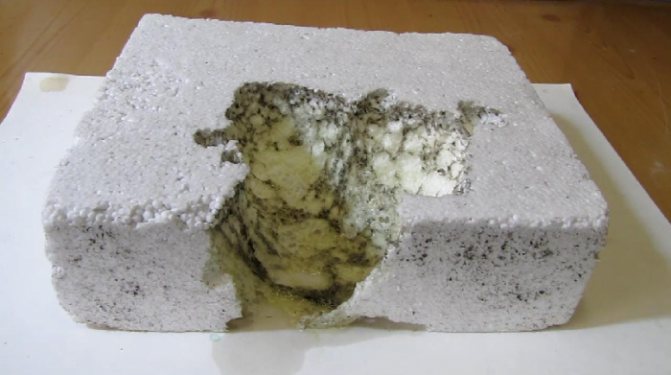

Due to the presence of such materials, the pest population can increase significantly.
But at the same time, there is an alternative opinion that they gnaw through these materials only to pass the obstacle, but the animals avoid living in them.
What kind of insulation do mice and rats like?
All thermal insulation materials can be schematically divided into two groups. The first includes insulation, which rodents use as a nest or for boring teeth. The second group includes building materials that are absolutely of no interest to rodents.
If you plan to use heaters from the first group, then you should take care of their additional protection.
The main parameter by which rodents choose housing for themselves is that the material should have a low density, be warm and dry.
Heaters favorite by rodents include:
- Styrofoam;
- Pepoplex;
- Mineral wool;
- Chipboard plates;
- Penoizol.
Styrofoam
Polyfoam is most often used when carrying out work on the insulation of premises. Such popularity is due to the lightness of the material, affordable cost and does not cause problems during installation work. The material also fell in love with rodents.
If rodents enter the home, the foam may not be enough for several seasons
The animals will gnaw through the insulation, and then arrange a place for their home. In addition, rodents crumble the material into small fractions and use the pieces to insulate their nests.
Some owners of private houses are trying to control pests by laying various poisons right under the sheathing. This method of struggle is rather controversial, since the rodent can die right in the insulation, and the decaying body will cause an unpleasant odor in the house. To remove the corpse, you will have to dismantle the structure.
Penoplex
Extruded polystyrene foam is a modern type of conventional foam. It differs from the base material by improved characteristics of resistance to high humidity. The material is used for insulation of residential and industrial premises. It is widely believed that due to its high density and strength, rodents avoid it, but this is not true. Mice and rats destroy Penoplex just as readily as regular Styrofoam.
Penoplex, like polystyrene, does not eat rodents, but they use material to build a nest.
Rodents do not eat Penoplex, however, they violate its thermal insulation properties
Remember that penoplex, which has been damaged, almost completely loses its thermal insulation characteristics, and restoration of insulation will require significant physical and financial costs from the owner of the house.
Mineral wool
Despite promises from manufacturers that rodents do not use mineral wool to build their nests, the use of insulation will not help protect the house from pests.
Rodents not only use mineral wool to build their homes, but they also wind up in this insulation much more often than in many others. Experts have found that in mineral wool, rodents create the most optimal and close to natural conditions for permanent residence.
The material has huge advantages over other insulation, however, resistance to rodents cannot be attributed to its advantages.
Mineral wool has excellent sound insulation characteristics, so you won't even hear rodents inside
Chipboard
If you decide to insulate the house with chipboard plates, then you should think in advance about how to protect the material from rodents. Like all similar materials, chipboard boards are made on the basis of wood, and therefore will not become a serious obstacle on the way to penetration into the dwelling for mice and rats.
Penoizol
There is an opinion that, unlike foam, the liquid material penoizol is too tough for mice and rats, but this is a fairly common misconception.
You can do a simple experiment - just seal the mouse hole with this insulation and wait a while. The material will not become an obstacle in the path of the rodent, since very soon a hole will appear in it.
In the casing, passages are created for fast movement around the house. It is interesting that rodents also do not use penoizol to equip their home, preferring other materials.
The attractiveness of insulation for rodents
The structure of mice and their digestive system are designed in such a way that the animals do not tolerate hunger well. A mouse dies without food in 3 days. Therefore, the pest gnaws everything in its path - edible and inedible, useful and not very good. The main thing is that "food" falls to the teeth.
After the invasion of mice, spoiled containers with food supplies, plastic products, rubber, wood, burlap are found. The foam, due to its porous structure, lends itself easily to the teeth of mice. The question arises - do mice eat Penoplex?
Penoplex and mice
There is nothing useful in the composition of the material for insulating a house. The insulation does not attract mice as food. But it is great for building a nest, making moves, tunnels for movement throughout the house.
On a note!
Penoplex mice do not eat. There is no need to be afraid that during the winter an apartment or a house will be left without insulation. But the integrity of the structure is undermined, the thermal insulation properties are violated. To restore the insulation, physical, material, financial costs are required.
If they already live?
In this case, you should not hope that the rodents will leave by themselves. Getting rid of mice and other rodents is a two-step process. First of all, you need to eliminate the source of their appearance. Perhaps it is a trash can, because of which mice can live near the house or uncovered edible supplies in the house. In general, everything that pests can drink.
When the source is eliminated:
- Disassemble the insulating cake;
- Remove damaged parts;
- Restore the insulation layer;
- Take care of protection for the future.
Although, it is clear that there can be no miraculous solution to the problem. Therefore, many decide, either at the replacement or construction stage, to choose one of the options that are not interesting to pests.
Recommendations for building a house
If the owners plan to use polystyrene foam as insulation in the walls of their home, it is better to prevent possible penetration of mice than to repair or replace it later.
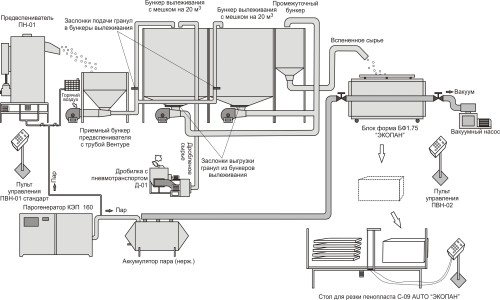

To avoid damage to the foam, the following is recommended:
- at the construction stage, it is better to use a strip type of foundation, and for greater reliability, lay a strip of concrete around the perimeter, adding glass fragments there;
- to protect the lower part of the insulation, experts recommend making insulation up to 30 cm high from galvanized iron;
- apply a fine-mesh metal mesh over the entire outer surface of the foam, through which mice will not be able to crawl through, and when they try to gnaw, they will break off their teeth;
- outside the house, it is necessary to close up all the cracks and holes through which pests can climb.
We suggest you familiarize yourself with: Ways to get rid of mice in the house
There is often information on the Internet about rodenticides that can be used to process foam and thus protect it from mice. However, the impregnation is very short-lived: the chemical components gradually evaporate, and the material itself will begin to be consumed with great appetite by rodents.
Types of insulation that mice do not eat
In the modern building materials market, there is a huge variety of insulation materials in which rodents are not able to start. So what kind of insulation don't mice eat?
- Foam concrete. This material is environmentally friendly, lightweight, porous and rigid. In it, animals simply cannot gnaw their own mink. Constructions made of foam concrete are warm, reliable and durable.
- Expanded clay. The material is durable and practical, not subject to combustion. It is made from special types of clay. The structure of expanded clay consists of small granules, the size of which reaches 1 - 40 mm. Insulation is mounted on walls and ceilings located between floors. It is quite problematic for mice to start in such material, since there is not enough air there, and small particles can enter the respiratory tract of animals.
- Ecowool. The manufacture of such material is associated with the use of orthoboric acid, which leads to lung damage, dehydration and death of parasites. Insulation is completely safe for humans, therefore it is used to isolate internal and external surfaces. Ecowool retains heat well, does not burn, and serves for more than 50 years. The material does not rot, does not decompose, does not emit toxic substances.
- Foam glass. This is another insulation that rodents will not eat. It is made of carbon black and foamed glass. The positive properties of the material do not deteriorate even after long-term use.
Styrofoam and mice
Polyfoam and expanded polystyrene are derivatives of the same synthetic substance. Therefore, there is no doubt whether the mice are gnawing on styrofoam. They do this no less willingly than in the case of other heaters.
Do they eat extruded polystyrene foam
If everything is clear with foam, then whether mice eat extruded polystyrene foam (EPS) remains to be seen. EPS is a compacted foam. But extruded material also cannot resist rodents.
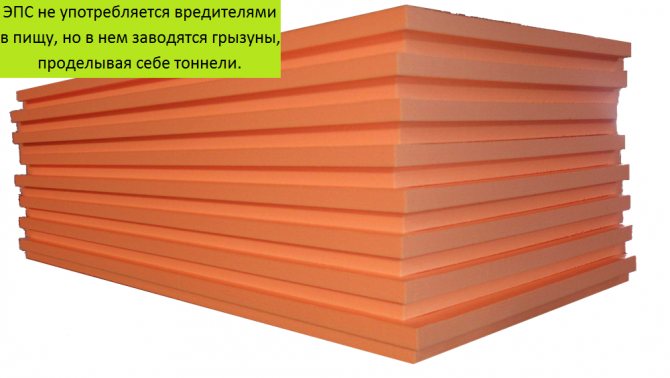

Extruded polystyrene foam and mice coexist quite well. Although this insulation is not used for food by pests, rodents enter it, making tunnels for themselves.
Protecting Styrofoam from Pests
Polyfoam is a very convenient material for thermal insulation and sound insulation. But it is the various foams that are most susceptible to attack from mice and rats. These are materials such as extruded polystyrene foam, polyurethane foam, penoizol, penoplex. These materials are artificial, therefore they are not suitable for food for mice, but they gnaw them and turn them into dust. In the resulting voids, rodents make their own nests. To protect it from rodents, certain measures must be taken:
- It is necessary to choose dense foam for insulation, since it is inconvenient for mice to gnaw on dense material.
- Correct installation of the foam is required. It must be carefully putty and sheathed with special materials selected individually.The purpose of the correct installation is to prevent the appearance of cracks, since rodents penetrate into the dwelling precisely through the cracks.
- All holes must be sealed with polyurethane foam.
- It is advisable to provide metal cladding along all walls at the level of penetration of pests. They will not be able to cope with metal.
These measures must be envisaged even at the construction stage. If they were not accepted, it remains to take actions aimed at scaring away rodents:
- The easiest way is to get a cat. The smell of cats in the house alone scares off mice.
- You can install an electronic scarer, but if the area of the house is large, one device will not be enough, you will have to install several. Such scarers emit ultrasound of various frequencies, which causes fear in rodents and forces them to leave the building.
- All foodstuffs must be kept out of the reach of rodents.
- The home must be kept clean.
Folk remedies are effective to protect the foam. They are based on the use of various plants that scare off rodents with their smell. These are plants such as pine needles, tobacco, mint, wormwood. When dried, these plants can be simply scattered in the corners. During the construction phase of the house, you can process the foam with lime or red pepper.
Some use boric acid to repel pests, but its effectiveness in controlling rodents has not been proven.
If none of the above methods helps, you need to contact the sanitary and epidemiological station, whose employees will come and carry out a complete disinfection of the premises and the elimination of all rodents.
Source: svekrovi.net
Rodents and penoplex
Does this stuff eat mice? These rodents, like any living creatures, eat only what is needed for the body, i.e. various nutrients, vitamins, minerals, etc. Penoplex does not contain these useful substances, so mice do not eat it.
Why do mice gnaw penoplex
But that doesn't mean your garden houses are protected. Yes, mice do not eat Penoplex, but they still nibble on it to make tunnels. They need access to a living space that is warm and food is available. If mice plan to get inside, they will not use the door for this, but will gnaw through tunnels in the walls, including in the insulation. This material lends itself easily to their sharp teeth.
Mice gnaw almost everything, and in the case of penoplex, they do not have to try too much, because it is a soft material with a porous composition that lends itself easily. It is also bad that by destroying the integrity of the insulation, mice worsen its thermal insulation properties.
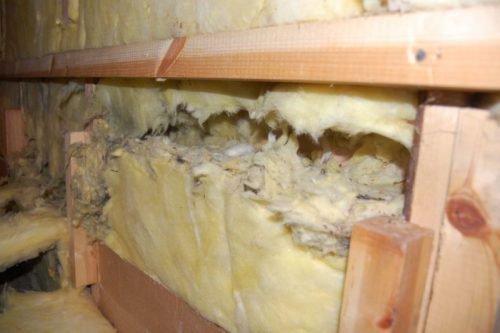

Mice love to gnaw through passages in soft insulation
Protection methods
How to protect your home from rodents, how to prevent damage to the insulation? If this is a country house, then try to make it unattractive to rodents. The mice run to where there is a lot of food. Therefore, remove all the crumbs, all supplies, take them with you or hide them in jars where they will not get in. But there are other ways to protect yourself:
- Buy hard slabs that mice can't gnaw through.
- Do not be lazy outside to place a metal mesh or sheet of tin, which mice will not overcome.
- Conduct a constant fight with rodents, get a cat that will drive them out of the house.
- Another way of protection is painting the insulation.
Or give up penoplex and use a material that does not gnaw mice. There are now many thermal insulation materials that meet these requirements. Rodents do not live in expanded clay, and they will drown in insulation made of sand or gravel. Mice will not be able to gnaw through expanded clay, so they can insulate basements, walls, floors, etc. Or buy foam glass, which is also not favored by mice.
Before you start building your home, consider all the details.Where mice are found, and the fight against them does not bring results (the neighbors have all the conditions for the reproduction of rodents), it is worth building houses with heaters that do not gnaw mice. In other cases, it is necessary to use methods of protection and constantly fight rodents.
How to protect the insulation?
Basically, there are two ways to protect thermal insulation from pests:
Moreover, it should be noted right away that the first method is as reliable as a tank. The second is rather a temporary measure in case of storing unused material, although it is also used in finished structures.
Styrofoam and mice. If you build a concrete structure around a heat insulator, for example, foam plastic, that will protect it, no pests will most likely try to gnaw through it. For example, such types of finishes as "Bark beetle" mice and rats do not gnaw very often.
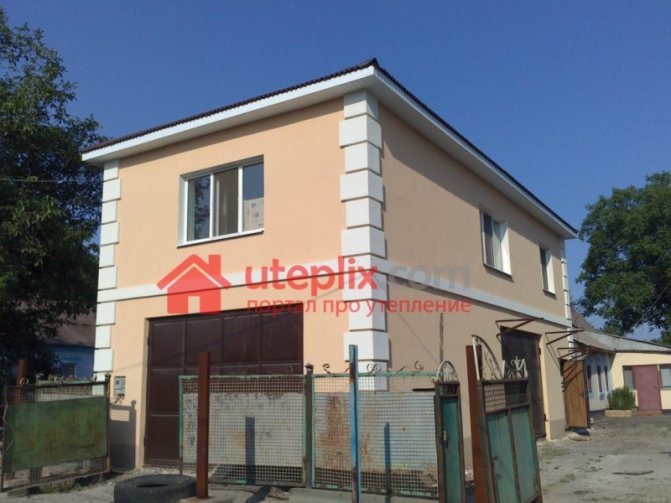

Rodents are becoming a big problem for owners of frame houses. The frame essentially consists of insulation, and it can be protected with a reinforced mesh with a very fine cross-section.
Of the chemicals, folk remedies can be noted, such as:
Rodent-proof insulation. There are cases when foam plastic is treated with lime or even pepper before insulation. But, in fact, only insecticides specially formulated for pest control can help.
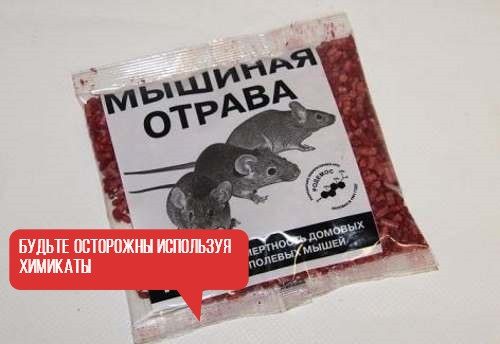

Choosing the second method (chemical agents) to protect the insulation, you agree with all the disadvantages and side effects of the poison. And here it is already someone who decides how: if someone does not even use polystyrene because of its harm to health, most likely only the first of the two methods will suit you.
Rodent Resistant Insulation
Basically, rodents avoid heaters of inorganic origin, which are distinguished by a rather dense and solid structure, which they cannot cope with. Such heaters include:
- Foam glass;
- Foam concrete;
- Expanded clay;
- Ecowool.
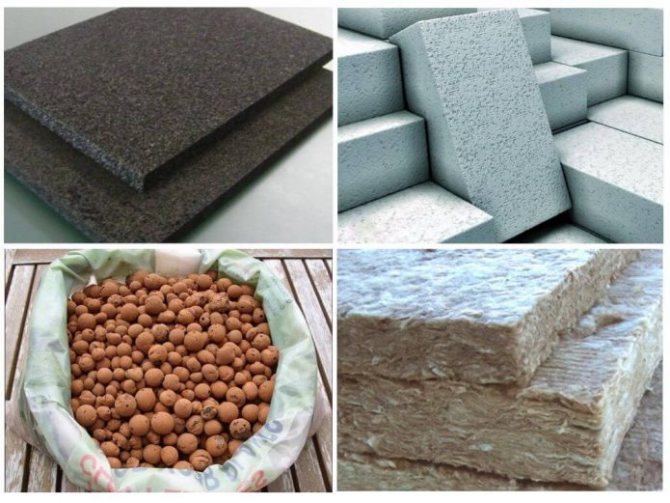

Most often, mice bypass inorganic materials with a solid and free-flowing structure.
Foam glass
Modern heat-insulating material, available for sale in the form of a free-flowing substance, or solid plates. The insulation has an increased service life and is absolutely immune to rodent teeth.
We suggest that you familiarize yourself with: Heat exchanger or how to understand that antifreeze got into the oil!
The material is made from glass waste foamed with a carbon mixture. The result is strong glass cells that fit as tightly as possible to each other.
The advantages of the material include:
- High thermal insulation characteristics of the room;
- Simple installation;
- Immunity to high air humidity;
- Protection from pests;
- It can be used for insulation of residential and non-residential premises.
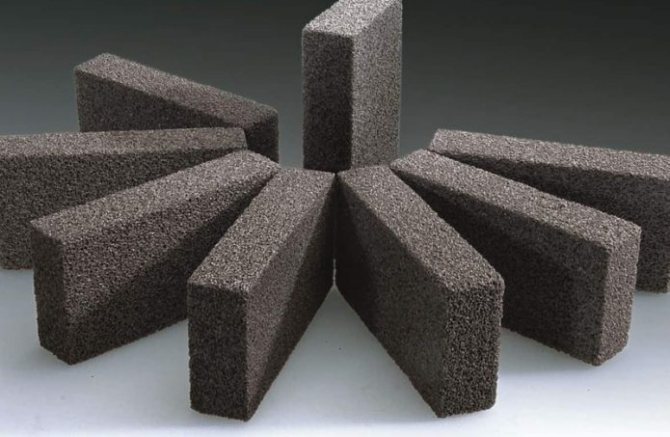

Foam glass is one of the most expensive heaters with a declared service life of up to 100 years.
Insulation differs in that it damages the oral cavity of the animal when trying to gnaw it. Even if a mouse or a rat tries to gnaw through the move, they will abandon this venture as quickly as possible.
Foam concrete
Foam concrete is a material for insulating various premises, both residential and non-residential. It is supplied to the market in the form of a free-flowing mixture or blocks. According to its technical characteristics, it is as close as possible to concrete, but has less weight.
The material is used infrequently due to its shortcomings:
- Plaster does not fit well on the surface;
- Increased susceptibility to moisture;
- If the installation rules are violated, you may encounter the development of mold fungi in the joints.
Its only advantage is resistance to rodents.
Expanded clay
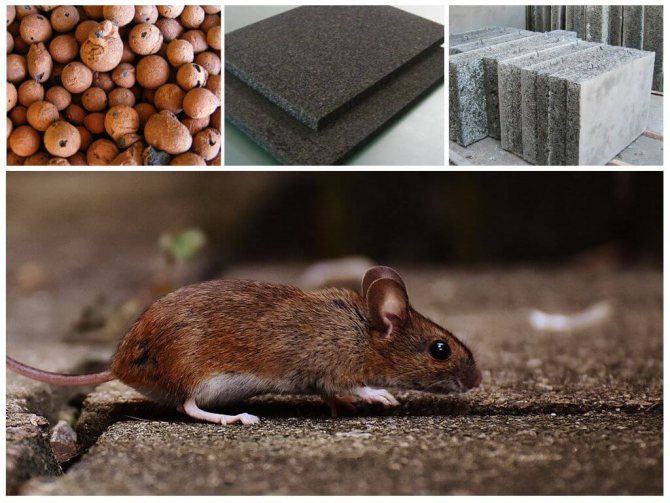

Another popular building insulation material that is immune to mice and rats. The material is obtained by firing clay. As a result, light fractions of various sizes with a porous structure are obtained.
The material is poured into the cavity when insulating the foundation, overlapping the frame of the house, as well as when performing roofing work.
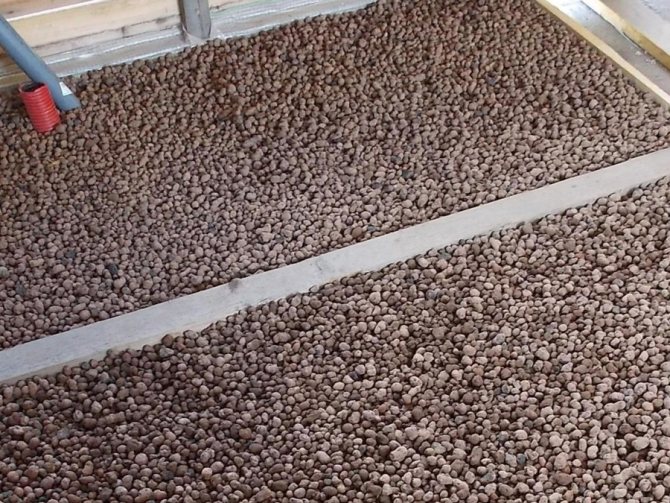

When moving under expanded clay, the animal will begin to experience hypoxia
The main advantages of the material include:
- Simplicity when carrying out insulation works;
- Absolute safety from an environmental point of view.
Another advantage is the hardness of the granules, which turns the material into a pest-resistant insulation. In this case, even if a rat or mouse penetrates into the cavity with the heat-insulating material, they will not be able to move freely and will experience discomfort due to lack of air.
Ecowool
Ecowool is a modern insulation, the advantages and disadvantages of which are still fiercely discussed by builders around the world. At the same time, the main advantage of the material remains undeniable - mice and rats avoid it.
The material is made from cellulose, and special additives and additives make the material immune to fire. Another advantage is excellent noise insulation characteristics. For comparison, mineral wool, which is famous for its sound-insulating properties, is almost 4 times inferior to ecowool.
The material can be applied manually or using special spray equipment. After installation, there are absolutely no joints, due to which the thermal insulation characteristics are at the highest level.
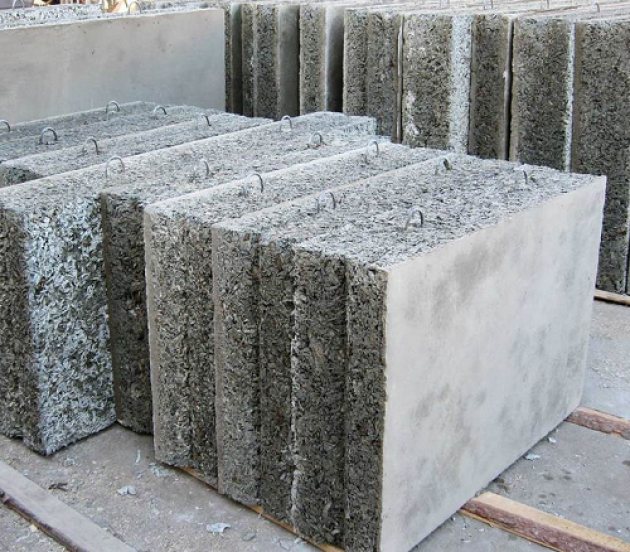

Ecowool is a very light material and is great for insulating a ceiling or floor.
Manufacturers supplement the composition with orthoboric acid and boric salts. Substances, interacting with a rodent, provoke the development of dehydration, lack of air and sudden death. In this regard, pests prefer to bypass the material.
How to avoid trouble and protect your home
You must adhere to the following rules:
Get a cat or a cat. You can take a kitten from the street or a hunting breed, such as the Abyssinian. The desirable color of the animal is striped or variegated. The smell of a cat will scare away rodents. It is necessary to keep food in inaccessible places, do not leave food leftovers on the table, and thoroughly clean the rooms on a regular basis. Styrofoam must be installed in accordance with all the rules
Mice and rats enter the house through cracks, so it is important to use polyurethane foam to seal them. Spackle the polystyrene just as thoroughly
And then sheathe it using special building materials. For a guarantee, it is worth tightening all the walls with a fine mesh. Rodents certainly cannot damage metal. Insulation of dense grades and durable facing material are also difficult for mice. At the time of building a house, it is worth laying a strip foundation. It forms a contour of reinforced concrete beams. Fill broken glass around the perimeter. Boric acid is a poison for gray pests. It is scattered near burrows and around the perimeter of the dwelling. However, if there are animals or children in the house, the acid is prohibited.
Folk remedies include dry use of the following plants: wormwood, chamomile, wild rosemary and elderberry. They are put in bags and placed in the corners of the house and in places close to the habitat of mice. It is worth installing an ultrasonic repeller. The sound emitted by this appliance has a negative effect on rodents. The number of devices directed against mice depends on their range and the area of the house.
Why do pests enter the house?
If you notice that a rodent population has appeared in the thermal insulation material, you must immediately start pest control measures. We act according to the following principle:
- We disassemble the structure, dismantle the damaged insulation and replace it with a new one, which rodents prefer not to gnaw;
- In the mouse moves, it is necessary to fill in broken glass;
- Rodents will not settle in insulation if optimal conditions for life are not created for them, and there is no source of food;
- Conduct additional protection of the foundation from the outside, and then rodents will not be able to get inside the room.
We suggest that you familiarize yourself with: Remove mold from the walls in the apartment, remove mold on the walls, how to remove
To protect the insulation, you can use a special mesh, ultrasonic devices to repel pests, or just get a cat that rodents are afraid of at the genetic level.
Metal grid
Galvanized metal mesh is mainly used to protect the floor of the house. It is fixed on the logs, and does not allow pests to gain access to the heat-insulating material.
The advantages of the material include:
- Simple installation that does not require special construction skills;
- The product is sold at an affordable price;
- Does not contain toxic substances:
- Does not rust and does not lose its performance over time;
- Does not affect air circulation.
Boric acid
Boric acid is an excellent prophylactic agent against rodents. Powder can be used to treat insulation or scatter the substance near existing rodent burrows, as well as around the perimeter of the entire room.
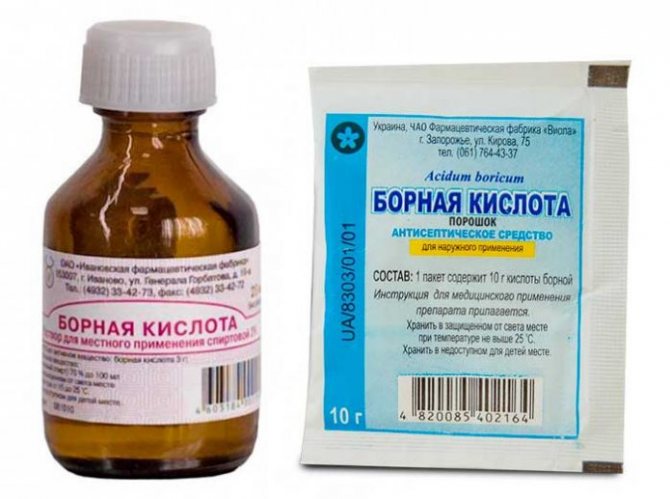

Boric acid, used as a disinfectant, will help to cope with rodents
The substance, when a pest enters the body, provokes dehydration and disrupts normal breathing, as a result, the rodents die.
Such devices create special sound waves that are not perceived by the human ear, but at the same time negatively affect the nervous system of rodents, creating unsuitable living conditions in the room.
After connecting the repeller, the first few days you may encounter an increase in the number of rodents. In fact, an unpleasant sound makes the pests hastily leave their homes, and crawl out in prominent places in search of a way out of the room.
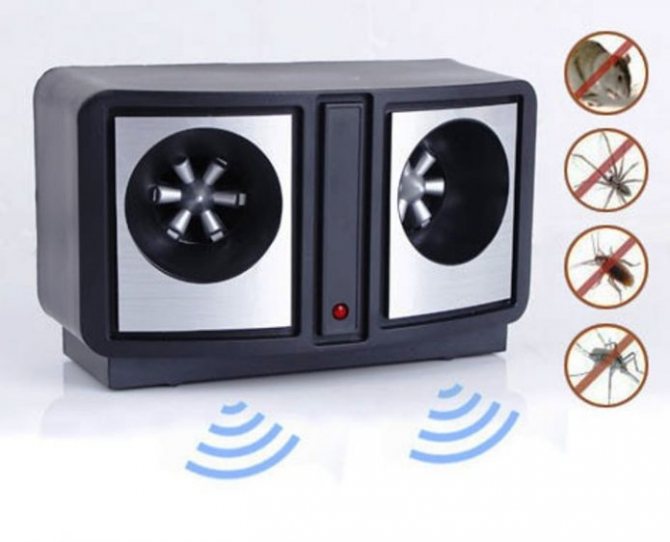

Ultrasonic scarers have established themselves as a reliable means of fighting rodents
The advantage of such devices is:
- Environmental Safety;
- Lack of harmful substances;
- They can work without interruption, without causing discomfort to people living in the room;
- Lure rodents out of walls, floors and holes in insulation;
- Large radius of action.
Disadvantages of scarers:
- Sound does not pass through walls, so the device must be installed in every room.

